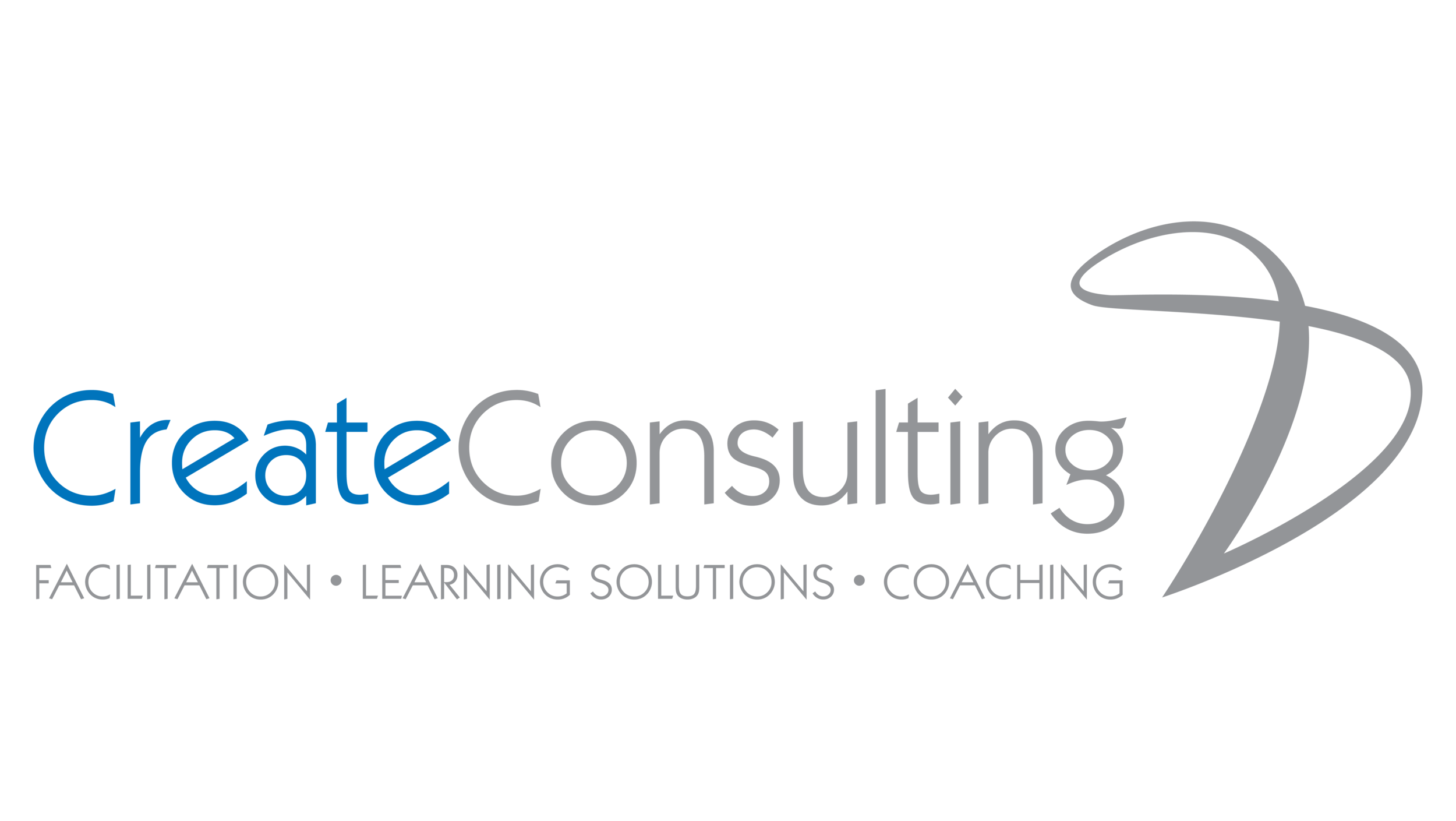A Whole Brain® approach to Dancing with Change
Why Change Matters
Change is a constant in our lives, much like death and taxes. It’s often seen in a negative light, with terms like "change fatigue" and "change weariness" frequently used. However, embracing change is crucial for growth and learning. It challenges us to ask ourselves what we could be doing differently.
Because our brains are designed to be energy efficient, constantly adapting to new situations can be exhausting. This is why it’s important to develop change capability and agility, rather than merely building the competence to better cope with change. By strengthening our ability to dance with and embrace change, we can continually stretch ourselves and think and act differently.
Mindset is the Key
Our thinking habits are formed over time and can make it difficult for us to accept change, even when faced with clear facts and data. If changing one person’s mind is hard, imagine changing a team or an entire organisation.
Whole Brain® Thinking offers a powerful framework to ignite best thinking and overcome mindset barriers. Created by Ned Herrmann, this metaphorical model divides the brain into four distinct quadrants, each with a unique and equally important approach to change:
A quadrant: Logical, analytic, quantitative and focused on the bottom-line.
B quadrant: Planned, organised, detailed and sequential.
C quadrant: Interpersonal, emotional, kinesthetic and feeling-oriented.
D quadrant: Synthesising, integrating, holistic and intuitive.
Consider these quadrants as four different individuals each facing a change:
Andrea prefers a logical approach but might struggle with the emotional aspects of change.
Barry is organised and seeks a clear plan, yet new methods might unsettle him.
Cindy values dialogue but could become overly emotional and miss crucial facts.
Davesh might embrace change spontaneously without fretting over details but could feel restricted by too many constraints.
Whole Brain® Thinking helps us recognise and understand these different approaches to change. Because, it’s not just about managing change; it’s about harnessing our diverse thinking preferences to effectively lead, navigate and implement change.
Leading Whole Brain Change
Adopting a Whole Brain® lens to understand how each individual responds to change is exceptionally helpful for fostering understanding and supporting team members during transitions. Whole Brain® Thinking is not a change model; it is a framework against which to evaluate our change strategies and leadership approaches. It encourages leaders to consider whether they are effectively engaging the multiple intelligences within their team or organisation throughout the change process.
Change management is often mistaken for project management, but they are fundamentally different. While project management focuses primarily on logistical aspects and ticking off tasks, effective change management requires engaging people emotionally and intellectually. By using the Whole Brain® approach, leaders can recognise and address the varying needs of their teams. Understanding these different thinking preferences allows leaders to craft strategies that not only involve every team member in the process but also equip them to adapt to change with great agility, ease and engagement.
Using Whole Brain® Thinking allows us to approach change from all angles, ensuring that everyone’s needs are met and that the team can move forward together. It’s a powerful tool for anyone looking to lead their team through change more effectively.
For more information on how this approach can work for you, connect with us.
